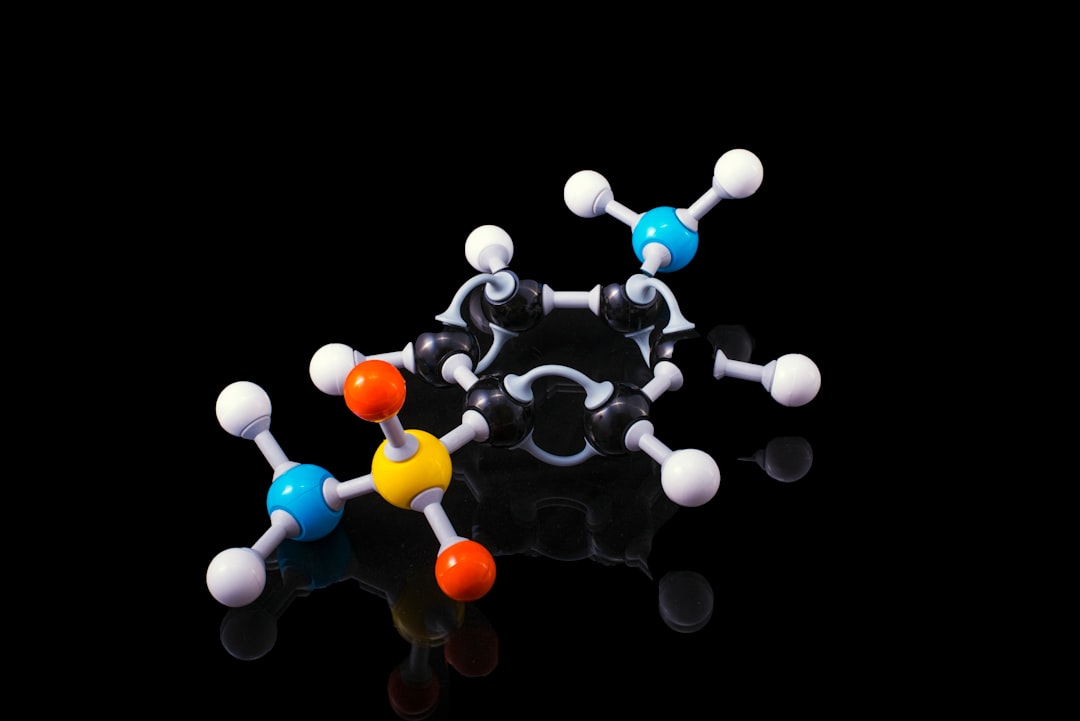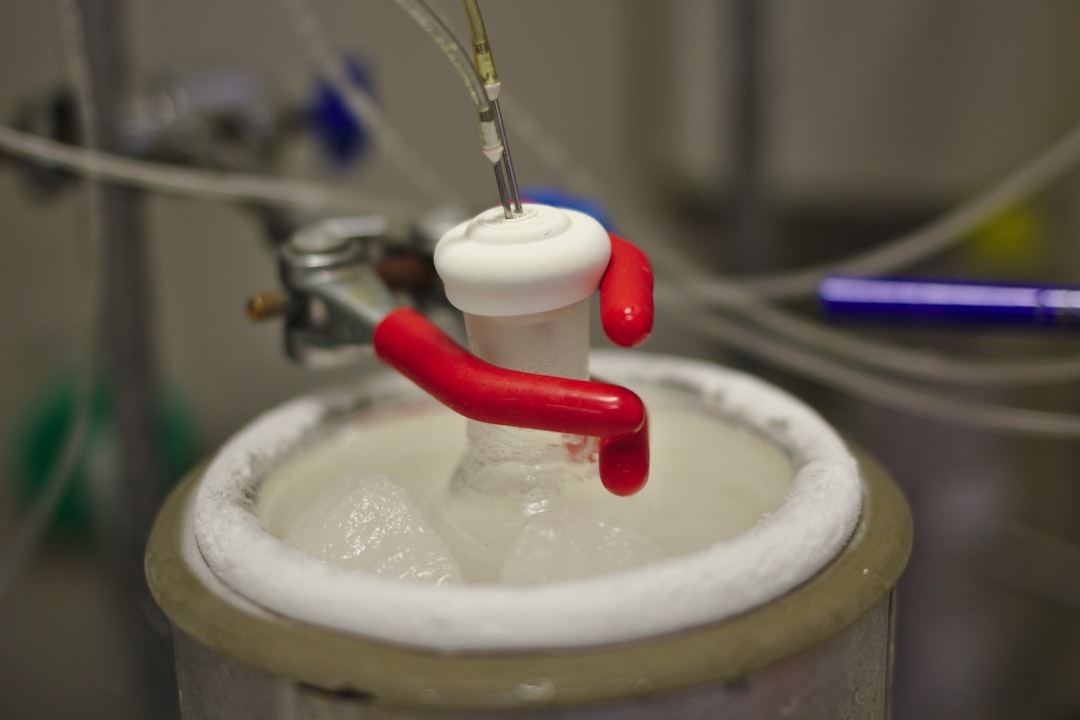What is it about?
Benzimidazoles presenting intramolecular hydrogen bonding interactions have been normally used to better understand the role of H-bonding in biological processes. Here, we present an experimental and theoretical study of a new compound 2,4-di-tert-butyl-6-(3H-imidazo[4,5-c]pyridine-2-yl)phenol (B2), a benzimidazole derivate, exhibiting an intramolecular hydrogen bond. B2 was synthesized and characterized by their 1H, HHCOSY, FT-IR and Mass spectra (EI-MS 323 M+). The electronic properties of B2 were studied with theoretical calculations using density functional theory (DFT) and time-dependent DFT (TDDFT). The B2 compound shows luminescent emission at room temperature in different solvents, with a large Stokes shift (e.g.; λex= 335 nm; λem= 510 nm in acetonitrile). Also, the quantum yield (φ =0.21) and theoretical emission is reported. Cyclic voltammetry in acetonitrile shows a strong anodic response due to a quasireversible process, with reduction and oxidation waves at -1.28 and -0.47 V vs SCE. We found that B2 exhibited a fluorescence emission around 500 nm in ethanol and in acetonitrile, that could be quenched by aqueous solutions of Hg(NO3)2 in the range of micromolar concentration. Regarding the biological properties, we assessed the antimicrobial activity of the B2 in Salmonella enterica (bacteria), Cryptococcus spp. (yeast), Candida albicans (yeast), Candida tropicalis (yeast) and Botrytis cinerea (mold). To this end, we determined the minimal inhibitory concentration (MIC) (for bacteria and yeasts), the growth inhibition halos (for yeasts), and the inhibition of mycelial growth (for the mold). We observed that B2 exerts an antifungal effect against Cryptococcus spp. and Botrytis cinerea. In addition, due to its fluorescence property, B2 has proven to be a suitable marker to observe bacteria (Salmonella enterica and a Escherichia coli derivative), yeasts (Candida albicans), and even human cells (SKOV-3 and HEK-293) by confocal microscopy.
Featured Image
Why is it important?
This article describes the synthesis, characterization and biological application of a phenol-imidazole compound 2,4-di-tert-butyl-6-(3H-imidazo[4,5-c]pyridine-2-yl)phenol (B2) which exhibit an intramolecular hydrogen bond. The 2,4-di-tert-butyl-6-(3H-imidazo[4,5-c]pyridine-2-yl)phenol (B2) compound showed a quenching fluorescence in presence of aquous Hg(II) in acetonitrile or ethanol solvents in a preliminary essays. Moreover, because of its fluorescent property, B2 has proven to be suitable as a new fluorescent dye to detect bacteria (Salmonella enterica and Escherichia coli/pGLO ), yeasts (Candida albicans), and human cells (HEK-293 and SKOV-3) by confocal microscopy.
Read the Original
This page is a summary of: Theoretical and experimental characterization of a novel pyridine benzimidazole: suitability for fluorescence staining in cells and antimicrobial properties, New Journal of Chemistry, January 2016, Royal Society of Chemistry,
DOI: 10.1039/c5nj02772a.
You can read the full text:
Contributors
The following have contributed to this page










